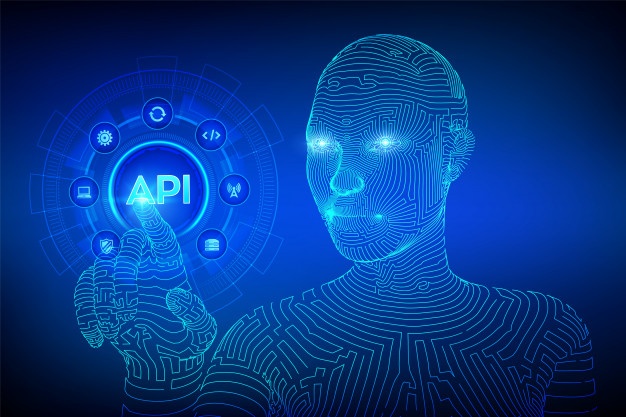What is API?
API, which actually stands for Application Programming Interface, enables programs to interact with each other and allows developers to focus on what’s important without having to wade through the complex challenges that are typically present behind the scenes. These complicated issues can include establishing Wi-Fi connectivity and app communication with GPS sensors. API accesses data from third-party sources to render such functions easily without requiring a heavy technical skill set.
API Versus RPA
API takes place solely in the back-end of an application, with a predefined pathway between system A and system B. In contrast, RPA takes place in the front-end, mimicking human keystrokes for heavy-volume, rule-based, repetitive work in a manner that is error-free and highly efficient.
The downfall to building APIs is that they generally cost more time and money than creating an RPA solution. RPA is more affordable, saves time in development, and allows for any necessary changes to be made quickly.
The future is a hybrid approach.
RPA tools can competently employ native API integration to bypass code-writing headaches while benefiting from APIs real-time exchange of information.
RPA can access third party sources by calling APIs.
Think of the last time you Googled the weather. Public weather APIs such as AccuWeather populate precise data for your city in real-time via your Google Search. With the expansive underground network of the API pipeline, information reaches you faster.

RPA with API integration can also work well in a school setting. This can be highlighted by the example of a school field trip:
Do you remember how clunky the process was for attending school field trips as a child? You’d have to work hard to remember to give your parents the crumpled opt-in form at the bottom of your backpack and return it to your teacher by the morning of the trip to be allowed on the departing bus. With RPA, the field trip as an event can trigger bots who then access student information systems, identify students in the applicable classes, select consent forms, and e-mail field trip information directly to parents for review.
RPA bots collaborate with API by automatically adding trip dates to digital calendars on planning apps. Automatic attendance provides teachers with all the information that they need to conduct the most accurate headcounts and access student emergency contacts if need be.
As we spoke about earlier, API can link with weather information, providing up-to-date data on severe weather conditions and warnings to inform parents of expected delays and aid them in making informed decisions on when to pick up their child early.
With API and RPA, the sky is the limit on optimizing how educational institutions operate. If you are interested in learning more about how Insystech can assist your school district,
Please contact:
Alaina Francis
E: alainaf@insystechinc.com
Insystech RPA Team
